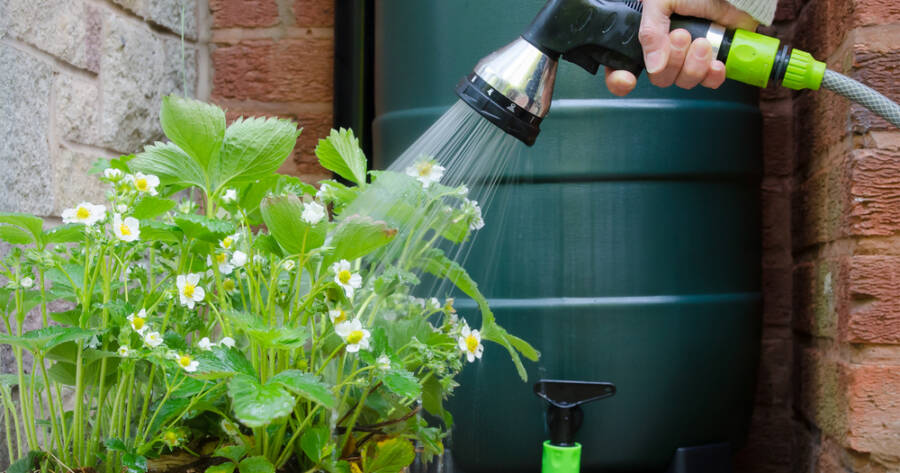Collecting rainwater isn’t just a smart way to conserve resources. It’s also a practical and rewarding step toward a more sustainable home. Whether you’re looking to cut down your water bill or keep your garden thriving during dry spells, harvesting rainwater offers a low-effort solution with high-impact benefits. With just a few simple tools and a bit of planning, your roof can become a valuable source of clean, usable water for everyday outdoor needs.
Understanding the Basics of Rainwater Harvesting
Rainwater harvesting is the process of collecting and storing rainwater that falls on your roof or other surfaces. Instead of letting it flow into storm drains, you divert it into containers for later use. The most common approach for homeowners is using a rain barrel system connected to a downspout, which channels water from your roof into a sealed storage tank.
This water can then be used for watering plants, washing cars, or even flushing toilets with proper filtration. It’s important to keep the system simple at first, especially if you’re new to home sustainability. Once you’re comfortable with the basics, you can expand to more advanced setups such as underground cisterns or drip irrigation connections.
Choosing the Right Setup for Your Home
Rain barrels are the most accessible option for beginners. They come in various sizes, typically ranging from 40 to 80 gallons, and are made from durable materials like plastic or recycled resin. Many barrels include a spigot for attaching a hose and an overflow valve to manage excess rain during heavy storms.
Place the barrel at the base of a downspout, preferably on a raised platform to improve water pressure. Add a fine mesh screen on top to keep out debris and insects. If you’re collecting for more than just garden use, consider a multi-barrel setup or larger tank system. The ideal solution depends on your available space, rainfall levels, and water usage goals.
Maintaining Your Rainwater System
Proper maintenance ensures your rainwater stays clean and your system runs smoothly. Start by regularly checking the barrel for cracks or leaks and cleaning out filters or mesh screens to prevent blockages. Make sure gutters and downspouts are clear of leaves and debris, especially during the fall and spring.
Drain and store your barrel before the first freeze if you live in a colder climate. Leaving water inside during winter can cause barrels to crack. You may also want to use natural mosquito deterrents, such as mosquito dunks, to avoid stagnant water issues. A few minutes of upkeep each month keeps your system efficient and hassle-free.
The Environmental and Financial Benefits
Using harvested rainwater helps reduce your reliance on municipal water systems, especially during peak summer months. This not only lowers your water bill but also eases pressure on public infrastructure and conserves freshwater resources. For gardeners, rainwater is ideal because it’s free of chlorine and other chemicals commonly found in tap water.
On a broader scale, capturing runoff can reduce erosion, prevent flooding, and help manage stormwater in your neighborhood. It’s a small step with a ripple effect—more homeowners participating means less strain on local ecosystems. Over time, your efforts can contribute to a healthier yard and a more sustainable community.
Smart Uses for Collected Rainwater
While rainwater shouldn’t be used for drinking without proper purification, there are still plenty of smart ways to put it to work. It’s ideal for watering plants, cleaning outdoor surfaces, and refilling fountains or birdbaths. For those with vegetable gardens, rainwater is often gentler and more plant-friendly than treated water.
If you want to take it further, consider integrating your system with a drip irrigation setup or using it for indoor gray water purposes, such as toilet flushing. Just make sure to check local regulations, as some areas have rules around how harvested water can be used. Every drop you collect is a drop you don’t have to pay for.
A Simple Shift With Lasting Impact
Rainwater harvesting turns something as ordinary as a rainy day into a resource you can use and appreciate. With just a barrel and a bit of planning, you can take meaningful steps toward reducing waste, cutting costs, and supporting a healthier environment. It’s a quiet act of sustainability that fits beautifully into daily life, and it all starts with watching the rain in a whole new way.

